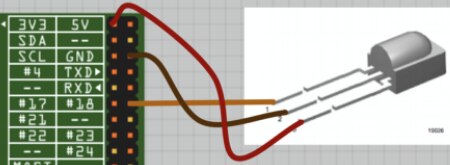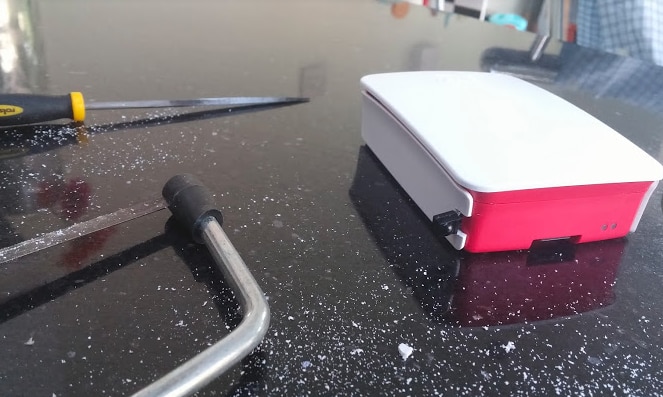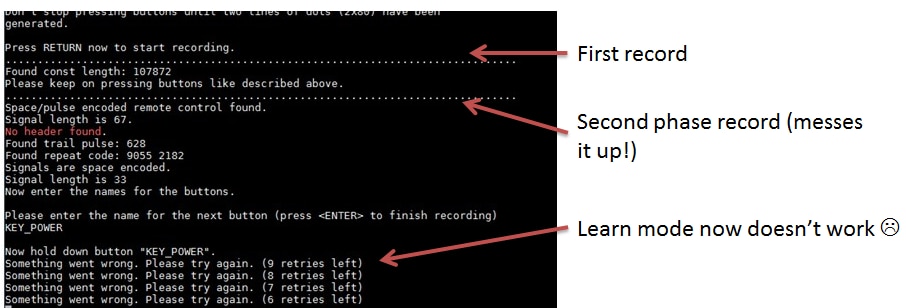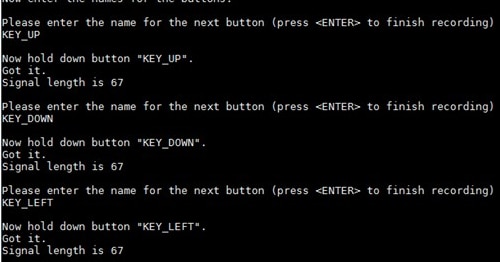For quite some time I’ve been running SABnzbd on a PC, downloading files, and then transferring them over the local network to a USB drive attached to a Raspberry Pi which is running OSMC. There’s a Linux version of SABnzbd which means I can cut out the PC and have the Pi handle the downloads. It’ll mean I can queue up the downloads from a web interface running on whatever device I have to hand, like an iPad.
First Try
The initial installation of SABnzbd was quite easy;
sudo apt-get install python-openssl unrar par2
sudo apt-get install sabnzbdplus
Edit the settings so that the web client starts up on port 8085..
sudo nano /etc/default/sabnzbdplus
USER=osmc HOST=0.0.0.0 PORT=8085
sudo service sabnzbdplus restart
This then allowed me to connect to SABnzbd and transfer over all my settings that I was using on my PC.
Delayed Start
What I found was that SABnzbd started before the USB drive was properly mounted by OSMC, so I disabled the main service from starting up, and added a script to wait for the USB drive to get mounted at a particular path.
There was a good forum post here that pointed me in the right direction.
Disable the default service…
sudo update-rc.d sabnzbdplus disable
Write a quick shell script to wait for the directory/USB drive to be mounted…
nano /home/osmc/startsabnzb.sh
#!/bin/sh # Wait for this folder to be mounted... DIR=/media/Elements while [ ! -d "$DIR" ]; do sleep 120 done
/etc/init.d/sabnzbdplus start
chmod a+x /home/osmc/startsabnzb
Add the script to system startup…
sudo nano /etc/rc.local
/home/osmc/startsabnzb.sh
Upgrading
The version of SABnzbd that installed above was very dated. That repo doesn’t get updated very often. Here’s how I updated it to the latest version.
sudo su root
echo "deb http://ppa.launchpad.net/jcfp/nobetas/ubuntu xenial main" | tee -a /etc/apt/sources.list echo "deb http://ppa.launchpad.net/jcfp/sab-addons/ubuntu xenial main" | tee -a /etc/apt/sources.list
apt-key adv --keyserver hkp://pool.sks-keyservers.net:11371 --recv-keys 0x98703123E0F52B2BE16D586EF13930B14BB9F05F
sudo apt-get update
Upgrading sabyenc
This solved the issue where SABnzbd was complaining that sabyenc wasn’t the right version. It uses the 2nd repo (sab-addons) we added in the steps above.
sudo apt-get install python-sabyenc
Final thoughts
SABnzbd runs quite well on the Pi. It is a lot slower than it was on a PC.. it only manages about 3 MB/s on the download on a wired connection (compared to 6 MB/s on a Wifi connection on a laptop), and unpacking is slow.
However, the files are unpacked onto the device which I was manually copying the files to anyway, so that saves time.















 Due to a clash with a toddler and my Harmony 555 all-in-one remote I bought a
Due to a clash with a toddler and my Harmony 555 all-in-one remote I bought a  I’ve been looking to replace my ageing Xbox which has reliably run XBMC for over 7 years with a box that can handle HD content, as well as acting as a NAS & download server. The Zotac ION box caught my eye, since the latest media center apps now support hardware acceleration for video playback & the nVidia ION GPU is supported.
I’ve been looking to replace my ageing Xbox which has reliably run XBMC for over 7 years with a box that can handle HD content, as well as acting as a NAS & download server. The Zotac ION box caught my eye, since the latest media center apps now support hardware acceleration for video playback & the nVidia ION GPU is supported. 


You must be logged in to post a comment.